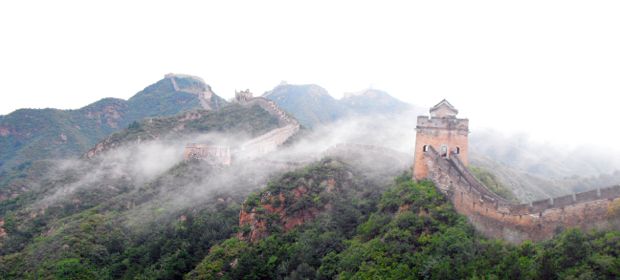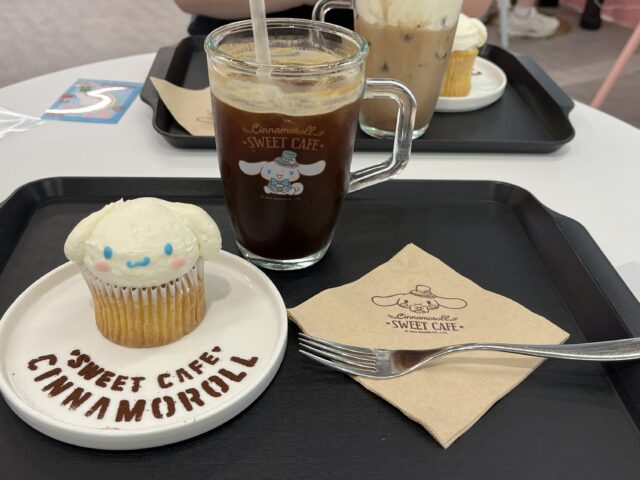
Arriving in China felt surreal knowing that just half a day earlier I was on the opposite side of the world. The journey made the world feel intimately close, and so arrival felt fascinating, to know that I was only miles away from the Forbidden City, where once the Ming and Qing Dynasty emperors ruled their empire, and is now the seat of modern Chinese government. Happily, the TEAN orientation in China brought all of us to many significant locations, like the Forbidden City. Here are my five favorite places I got the chance to visit:
1. Tiananmen Square
This square is the largest open square in the world and is the center of the Chinese government. As I walked through it I saw a blend of old and new. I saw Mao Zedong’s Mausoleum and the Parliament, but I also saw part of Beijing’s ancient city wall and the gateways leading to the Forbidden City. The wide expanses, stolid modern and ancient architecture are all symbolic of China’s history as an indisputably strong yet humble culture. If only the weather had been better…

2. Forbidden City
This palace was home to the Ming and Qing Dynasty emperors for over 500 years until the Chinese Revolution in 1911. It is a massive city of palaces that served myriad purposes as the imperial head of Chinese society. The architecture is very Confucian: power structures all flow in accordance with their status and there is humility in the subtle flamboyance of their designs. In the main courtyard where China once kowtowed to the emperor no trees were allowed to grow – their growth would only diminish the Hall of Supreme Harmony where the emperor stood higher than anyone else. Good thing for me that I got to climb up Jingshan Hill north of the city and see this great panoramic view of the whole of the city!
3. 798 Art District
You’ve probably never heard of this place, but it is the artistic side to Beijing I always wondered about. It was originally a weapons factory area that was going to be destroyed for urbanization and development; however, a professor from Tsinghua University (I’m a proud student there!) proposed that it be turned into a creative quarter of the city with art museums and several cafes to boot. Believe me, there is always more to see here than I have time for – which is why I’ll have to make more!

4. Olympic Park
Now this, on the other hand, you have heard about (unless you were a hermit during the 2008 Beijing Olympics). Everyone who goes to Beijing, or even China in general, wants to see the National Stadium – or as I like to call it, since it is more apropos, the Bird’s Nest. I luckily had a beautiful Beijing day (never thought I’d hear of that) to see the park, and the Nest is lovely. I mean, I don’t enjoy math, but I could not help but stare at this piece of architecture and think to myself, “Man, I love geometry!” By the by, the Water Cube isn’t a bad sight either.

5. The Great Wall of China
The zenith to any experience in China, perhaps, is of course the Great Wall of China, which is so impressive I should have picked a partner before I ascended it to keep me from an awe inspired stumble down the mountainside. You would expect from the photos we’ve all seen that the Wall would be cool, but nothing prepares you for just how long it is. It is a winding serpent that basks on the ranges of China in silence and confidence, completely potent in its own unity, yet not arrogant in its ostentatious splendor. As I walked along its scales for mile upon mile, I couldn’t help but feel how natural its presence seemed, as if it were as fitting to the scene as the trees and the clouds. As Emerson said, “Every genuine work of art has as much reason for being as the earth and the sun.” The Great Wall is a genuine work of art.

Aaron Records is a student at Colby-Sawyer College and a TEAN Featured Blogger. Aaron is currently studying abroad with TEAN in Beijing, China.







